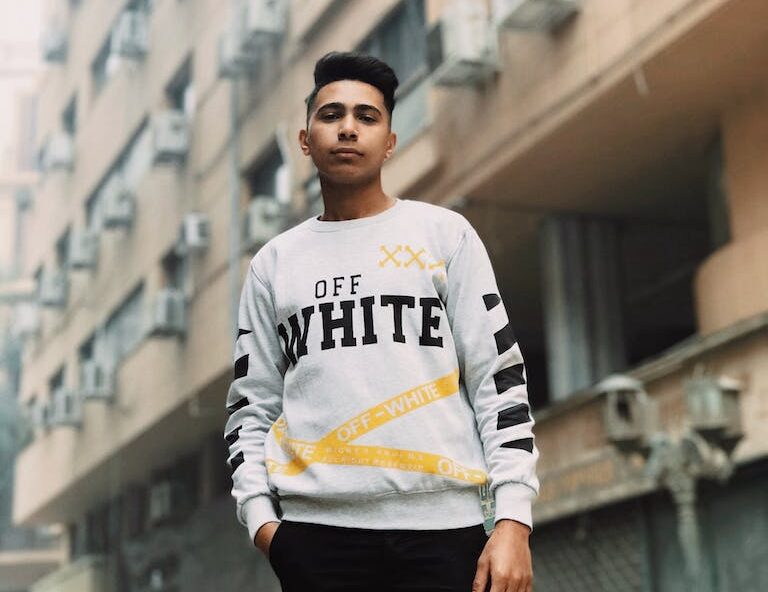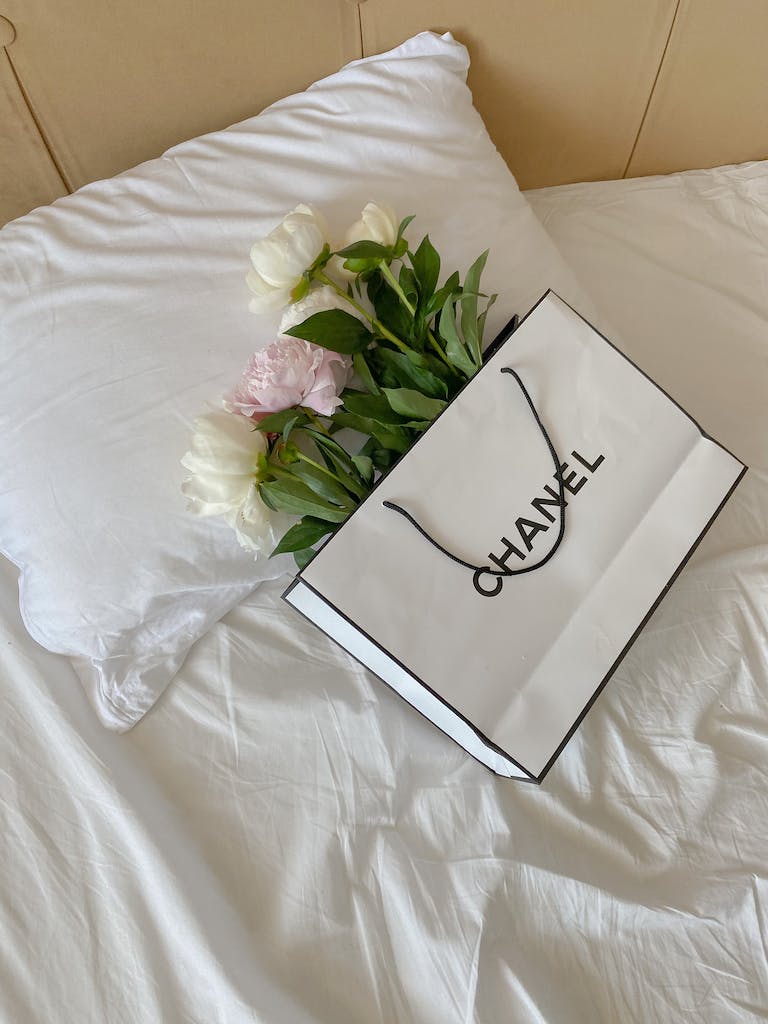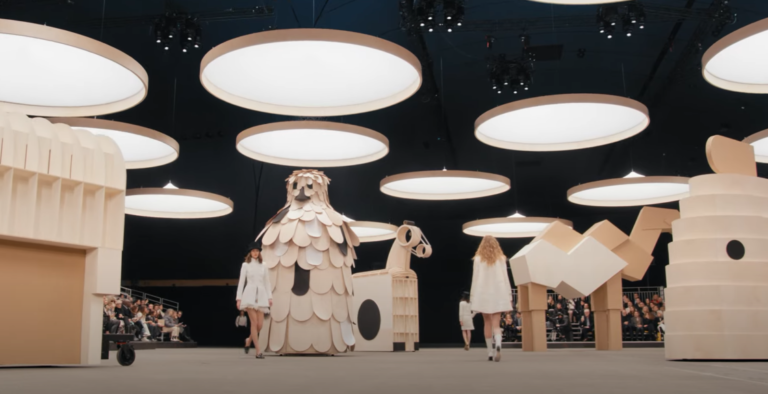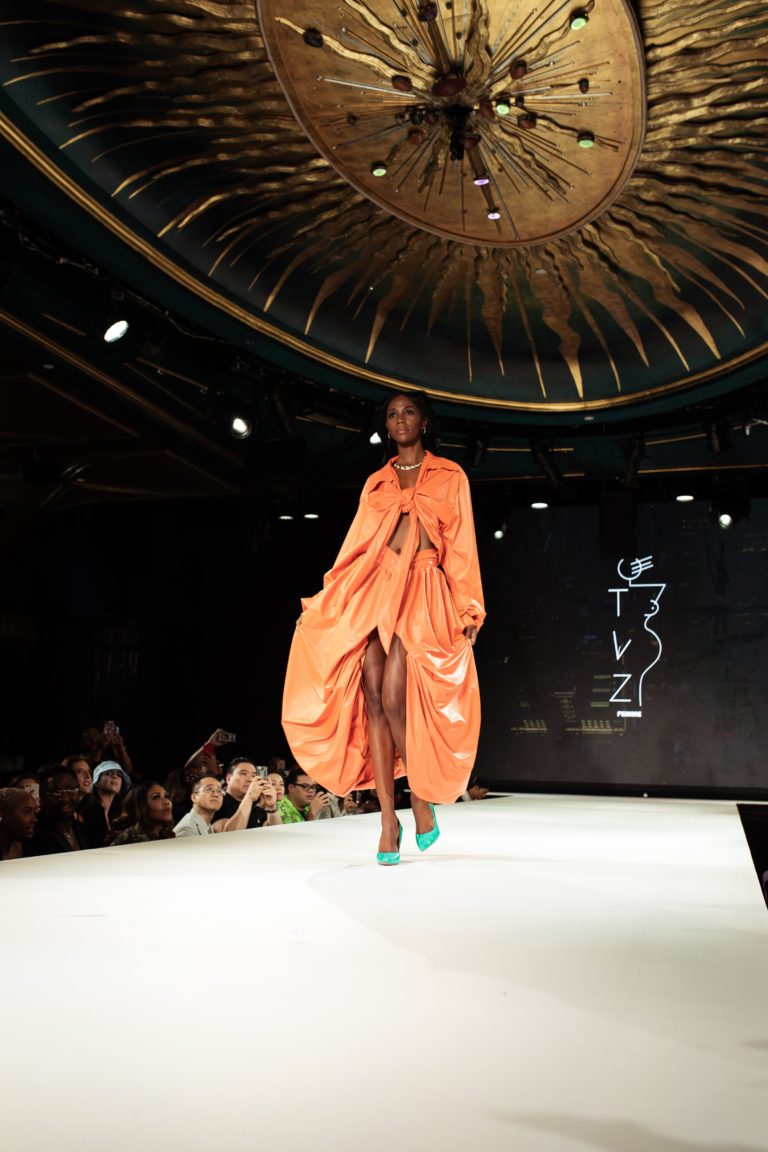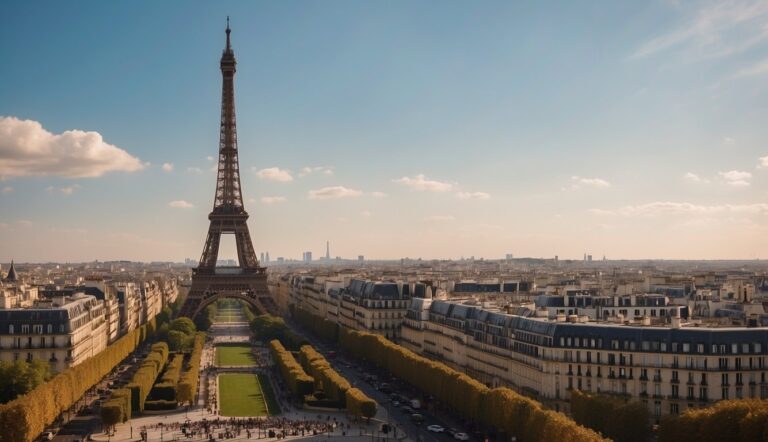Redefining Luxury: What Makes Luxury Streetwear, Well Luxury?
Long before streetwear became fashionable, ‘fashion’ used to mean clothing worn only by the rich and famous, classy, elegant and refined. Haute Couture dominated the luxury fashion scene for the longest time. However, luxury streetwear has completely redefined the fashion scene and sparked debate in what it truly means to be a luxury brand.
Notable streetwear brands such as Off-White, Supreme, Vetements have managed to fuse high quality elements, unique designs and limited edition releases to portray the feeling of luxury and fuse upscale fashion with the casual accessible vibe of street-inspired clothing.
Because of its appeal to a broader demographic, luxury streetwear has been very successful with careful marketing that helps consumers feel that they are integrating comfort with a sense of exclusivity.
The allure of luxury streetwear lies in its ability to capture the zeitgeist of fashion while providing a wearable statement of prestige. Key attributes involve unique designs, limited-edition releases, and collaborations with renowned artists or celebrities that contribute to the items’ high perceived value.
Luxury streetwear is not just about the logo; it’s about the story, the rarity, and the experience of comfort and the community. High-end fashion houses have entered this market as a strategic move, recognizing the shifting preferences of modern consumers who prioritize both style and substance.
Key Takeaways
- Luxury streetwear appeals to a larger demographic than traditional luxury
- It’s the community, experience, quality, comfort, brand collaborations and limited releases that add to the exclusivity and allure of luxury streetwear.
- Large Fashion Houses have caught onto the trend and have added luxury streetwear to their collections.
The Evolution of Luxury Streetwear

The origins of luxury streetwear are deeply rooted in the hip-hop culture of 1980s New York. The look and feel of original streetwear was shaped by the skaters and subcultures of the city, serving as a uniform for youth expressing their identity and independence. Brands originally seen as casual or even mundane were appropriated by these groups and recontextualized within the streetwear scene, creating an entirely new category of fashion that carried social and cultural capital.
Rise of Streetwear in Fashion Industry
In the decades following its inception, streetwear’s prevalence within the fashion industry escalated. What was once underground became mainstream as millennials and youth culture grew to dominate consumer demographics, valuing authenticity and uniqueness in their fashion choices.
The spontaneous designs of streetwear aligned with this ethos, and as social media began to blossom, so too did the visibility and appeal of streetwear brands. They leveraged platforms like Instagram and Twitter to create hype and exclusivity, further catapulting streetwear into the luxury space.
Notable Designer Contributions
Prominent designers and high-fashion houses have played a significant role in the upscale pivot of streetwear. Icons like Virgil Abloh, whose work at Off-White and Louis Vuitton ushered in a new era of what could be considered luxury, disrupted traditional fashion norms. As noted by The Business of Fashion, the appointment of Abloh represented a seismic shift in the luxury paradigm. Similarly, collaborations between streetwear brands and historic luxury labels blurred the lines between disparate fashion tiers, melding street cred with the prestige of luxury.
Alessandro Michele, at the helm of Gucci, has been another transformative figure in redefining luxury fashion with a streetwear sensibility. Michele’s eclectic and inclusive approach to design has seamlessly integrated the opulence of Gucci with the accessibility of streetwear, creating a vibrant, mixed-media aesthetic that resonates with a younger demographic. His ability to juxtapose historical references with contemporary culture, alongside collaborations with street-centric brands like Dapper Dan, has not only revitalized Gucci but also set a new benchmark for the fusion of high fashion with street culture. This blend has elevated the brand’s appeal, making luxury fashion feel more approachable and aligned with the zeitgeist of modern youth culture, further emphasizing the narrative that luxury and streetwear can coexist and enrich each other.
Demna Gvasalia, through his work with Vetements and Balenciaga, has played a pivotal role in catapulting streetwear into the luxury fashion stratosphere. Gvasalia’s design ethos, characterized by oversized silhouettes, bold logos, and a satirical approach to fashion norms, has challenged and expanded the boundaries of traditional luxury. At Vetements, his recontextualization of everyday items into high-fashion pieces underscored a critical commentary on consumer culture, while his tenure at Balenciaga has been marked by a unique blend of innovative silhouettes with streetwear’s practicality and comfort.
Gvasalia’s influence has been so profound that it has prompted many more luxury brands to adopt streetwear tactics, from limited drops to collaborations. He aims to make luxury fashion more relevant and connected to contemporary lifestyles and social commentary.
Key Elements Defining Luxury Streetwear

Luxury streetwear distinguishes itself through a set of core elements that elevate it above standard streetwear. These elements include the use of high-quality materials, engagement in exclusive collaborations, and a penchant for innovative design and branding, all of which contribute to the luxury, prestige, and unique appeal of these products.
High-Quality Materials
Luxury streetwear is often characterized by its exceptional quality but even more so place an emphasis on the comfort. This is very different from what previous luxury styles focused on.
Designers select premium fabrics that ensure not only durability but also comfort. Materials such as superior cotton, fine leather, and advanced synthetics undergo meticulous production processes to meet high standards. The tactile feel of the garments has to be as impeccable as their appearance, aligning with what consumers expect from luxury items.
Exclusive Collaborations
The brand power is significantly amplified through exclusive collaborations. These limited partnerships with renowned artists, designers, or other high-profile brands serve to infuse the streetwear with a sense of uniqueness and desirability. An example is the collaboration between Louis Vuitton and Supreme, which merged high fashion with street culture, creating a frenzy among consumers eager for exclusive products.
It is clear that luxury brands who dominate the haute couture scene also understand the impact that luxury streetwear has in the industry today. The world’s middle class has expanded drastically over the past few decades which has increased the demand for luxurious comfortable clothing that do not necessarily have to be worn to parties or events but for people to feel luxurious while doing their day to day activities.
Innovative Design and Branding

Innovative design and standout branding are paramount. Take a look at Off-White’s designs, bold graphics, and simple but iconic patterns such as their arrows. Consumers easily recognize the brand anywhere and it helps curate a sense of community.
Designers push the boundaries with bold graphics, complex patterns, and unconventional cuts that challenge the status quo.
Supreme’s luxury fashion t-shirts were quite literally known for their signature logo, “Supreme”. Signature motifs and logos become symbols of both the designer’s creativity and the wearer’s status, as seen in Balenciaga’s approach to streetwear that incorporates dark irony and club culture influences.
Cultural and Economic Significance
Luxury streetwear represents a significant shift in how consumers engage with fashion, blending cultural movements with solid economic impact on the luxury market.

Market and Consumer Trends
The landscape of luxury fashion has transformed with streetwear’s rise to prominence, particularly in global power cities like Tokyo, Los Angeles, and, more broadly, Asia. The consumer base, often younger and culturally aware, has become a driving force, compelling traditional luxury brands to infuse streetwear aesthetics into their collections. This convergence has been evident with leading fashion events such as Paris Fashion Week, showcasing collaborative efforts that resonate with both luxury and streetwear markets.
Streetwear’s Role in Luxury Market
Incorporating streetwear has proved lucrative for the luxury sector, generating substantial revenue. The allure stems from the exclusivity and cultural cachet streetwear brands offer, whereby limited releases and high-profile collaborations have become a norm. Such strategies have not only broadened luxury brands’ appeal but also cemented streetwear’s position as an essential segment that cannot be overlooked within the luxury market.
Cultural Influence on Mainstream Fashion
Streetwear’s roots in various subcultures – from skateboarding to hip-hop – have acted as a cultural movement that wields considerable influence over mainstream fashion. Influences from China and other parts of Asia are reflected in Western fashion trends, highlighting a cultural exchange that’s amplified by streetwear’s global reach and adaptability. This cultural influence fuels continuous innovation and keeps both streetwear and luxury fashion at the forefront of the industry.
Frequently Asked Questions
How do luxury streetwear brands distinguish themselves from regular streetwear?
Luxury streetwear brands elevate their status through exclusive collaborations, high-quality materials, and unique design elements. It is truly about the presentation, having aesthetically pleasing stores and the element of storytelling. Consumers buy the brand’s ethos and enjoy sharing the community behind it.
What factors contribute to the high cost of luxury streetwear items?
The high cost is often a reflection of several factors including premium materials, meticulous craftsmanship, and limited production. Brands like Balenciaga and Louis Vuitton invest in innovative designs and marketing strategies that justify the price point, catering to a clientele seeking exclusivity and status symbols.
What factors contribute to the high cost of luxury streetwear items?
Many individuals wonder why streetwear can be considered luxury when streetwear was originally known for being inexpensive. Does luxury simply have to be expensive?
With luxury streetwear the cost of marketing, branding, innovative designs and collaborations can rack up the cost of production quickly. Luxury streetwear brands are targeting certain clientele who seek exclusive pieces of clothing that are comfortable but can still be status symbols.
